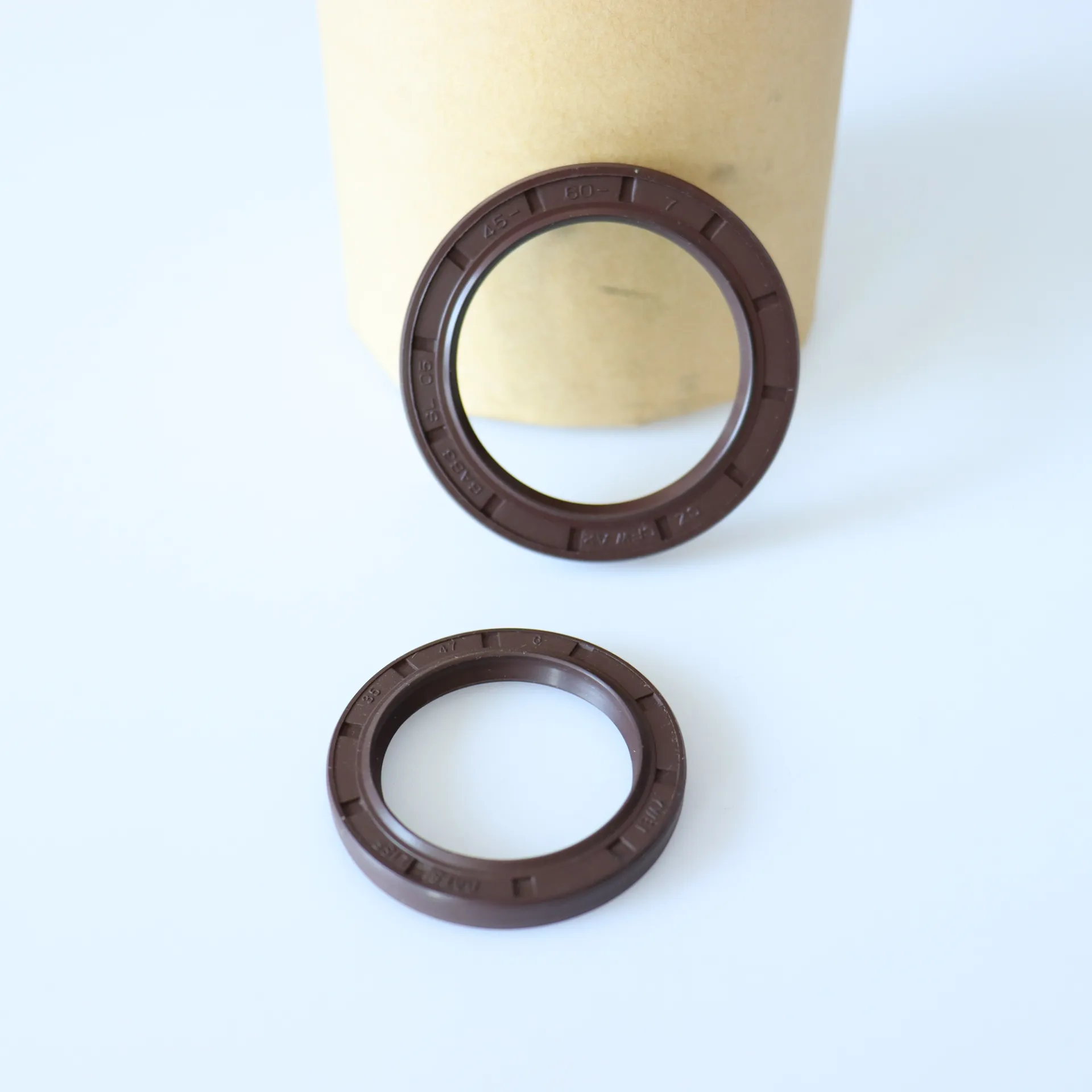Jul . 12, 2024 04:41 Back to list
Shaft dust protection for optimal machinery performance and longevity

shaft dust seal. Without a proper seal in place, lubricants can leak out, leading to increased wear and potential breakdowns. By maintaining a tight seal around the shaft, dust seals help to preserve the integrity of the lubrication system and promote optimal performance. Furthermore, shaft dust seals contribute to the overall efficiency of machinery by preventing energy loss and maximizing power transfer. When contaminants enter the shaft system, they can create drag and resistance, which can diminish the machinery's performance and consume more energy. By keeping the shaft clean and free of debris, dust seals help to minimize these energy losses and improve the overall efficiency of the system. In conclusion, the humble shaft dust seal plays a vital role in maintaining the efficiency, longevity, and performance of machinery. By creating a protective barrier against external contaminants, these seals help to prevent damage, reduce wear, and optimize the operation of the machinery. As such, proper maintenance and replacement of shaft dust seals are essential for ensuring the continued reliability and functionality of industrial equipment, automotive engines, and other systems that rely on shafts for their operation.
-
TCN Oil Seal Metal Ring Reinforcement for Heavy Machinery
NewsJul.25,2025
-
Rotary Lip Seal Spring-Loaded Design for High-Speed Applications
NewsJul.25,2025
-
Hydraulic Cylinder Seals Polyurethane Material for High-Impact Jobs
NewsJul.25,2025
-
High Pressure Oil Seal Polyurethane Coating Wear Resistance
NewsJul.25,2025
-
Dust Proof Seal Double Lip Design for Construction Equipment
NewsJul.25,2025
-
Hub Seal Polyurethane Wear Resistance in Agricultural Vehicles
NewsJul.25,2025
-
The Trans-formative Journey of Wheel Hub Oil Seals
NewsJun.06,2025
Products categories
















